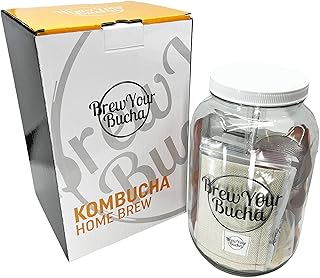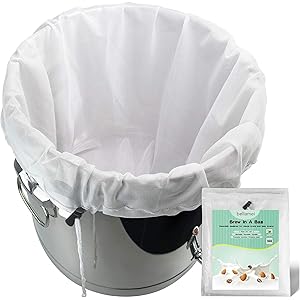Understanding Barleywine
Barleywine is a strong ale that originated in England, characterized by its high alcohol content, typically ranging from 8% to 12% ABV. This style of beer is known for its rich, malty sweetness, which is often complemented by a variety of hop flavors. The complexity of barleywine can vary significantly, with some versions exhibiting fruity, nutty, or caramel notes, while others may present a more robust, hoppy profile. The brewing process involves a lengthy fermentation period, allowing the flavors to develop and mature, resulting in a beer that is often enjoyed in small quantities.
Exploring Quadrupel
Quadrupel, often referred to as “Quad,” is a Belgian-style ale that is known for its deep amber to brown color and rich, complex flavor profile. Typically brewed with a higher malt content, quadrupels usually have an alcohol by volume (ABV) ranging from 10% to 12%. The flavor notes in a quadrupel can include dark fruits like figs and raisins, caramel sweetness, and a subtle spiciness from the Belgian yeast. The brewing process often involves multiple stages of fermentation, contributing to the beer’s depth and character, making it a favorite among craft beer enthusiasts.
Flavor Profiles: Barleywine vs Quadrupel
When comparing barleywine and quadrupel, one of the most notable differences lies in their flavor profiles. Barleywines tend to emphasize malt sweetness, with flavors ranging from toffee and caramel to dark fruit undertones. In contrast, quadrupels often showcase a more complex interplay of flavors, including dark fruit, brown sugar, and a hint of spiciness. The yeast used in quadrupels contributes significantly to the overall flavor, imparting unique characteristics that set it apart from the malt-forward barleywine.
Alcohol Content Comparison
Both barleywine and quadrupel are known for their elevated alcohol content, but there are subtle differences in their ABV ranges. Barleywines typically have an ABV of 8% to 12%, while quadrupels usually fall within a similar range but can sometimes exceed 12%. This higher alcohol content in quadrupels can enhance the beer’s warming qualities, making it a popular choice for sipping during colder months. The perception of alcohol in both styles can vary based on the balance of sweetness and bitterness, influencing the overall drinking experience.
Brewing Techniques: Barleywine vs Quadrupel
The brewing techniques for barleywine and quadrupel also differ significantly, reflecting their unique characteristics. Barleywine is often brewed using a high mash temperature, which results in a thicker wort and a higher residual sugar content. This technique contributes to the beer’s rich mouthfeel and sweetness. On the other hand, quadrupels are typically brewed with a combination of pale malts and specialty grains, along with a complex fermentation process that may include multiple yeast strains. This approach allows for the development of the intricate flavors and aromas associated with quadrupels.
Get more content like this!
Sign up to receive updates and new terms first hand.
Food Pairings for Barleywine
Barleywine pairs exceptionally well with a variety of foods, thanks to its rich and complex flavor profile. The sweetness of barleywine complements desserts such as chocolate cake, bread pudding, and caramel flan. Additionally, its robust character makes it a great match for savory dishes like barbecued meats, aged cheeses, and rich stews. The high alcohol content can also cut through fatty foods, enhancing the overall dining experience.
Food Pairings for Quadrupel
Quadrupels offer a versatile pairing option due to their complex flavor profile. The dark fruit and caramel notes in quadrupels make them an excellent companion for rich desserts like tiramisu, fruit tarts, and cheesecakes. Additionally, they pair well with savory dishes such as roasted duck, lamb, and hearty stews. The spiciness and sweetness of quadrupels can also enhance the flavors of strong cheeses, making them a popular choice for cheese boards.
Serving Temperature: Barleywine vs Quadrupel
Serving temperature plays a crucial role in the enjoyment of both barleywine and quadrupel. Barleywines are best served slightly warmer, around 50°F to 55°F (10°C to 13°C), to allow the complex flavors to fully develop. In contrast, quadrupels are typically served at a slightly cooler temperature, around 45°F to 50°F (7°C to 10°C), which helps to highlight their fruity and spicy characteristics. Proper serving temperatures can significantly enhance the overall tasting experience for both styles.
Conclusion: The Appeal of Barleywine and Quadrupel
Both barleywine and quadrupel have carved out their own unique niches in the craft beer world, appealing to different palates and preferences. While barleywine is celebrated for its rich maltiness and sweetness, quadrupel is revered for its complex flavors and aromas. Understanding the distinctions between these two styles can enhance your appreciation for each, allowing you to explore the diverse world of craft beer more fully.




